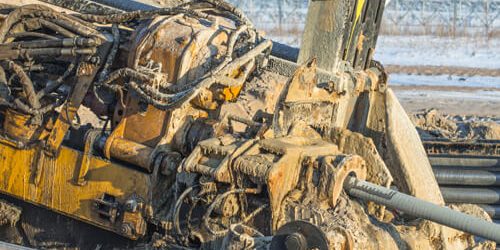The U.S. has millions of miles of underground piping installed across the U.S. The nation’s pipeline infrastructure is in dire need of attention and the rate of “replacement” is expected to rise for years to come.
Having been involved with trenchless technology for over a decade, I have had the opportunity to see ongoing positive growth and development in the industry. The demand for pipe rehabilitation solutions has continued to climb, and to combat this there has been additional pipe rehabilitation methods, applications and companies that have come to the forefront to tackle our nation’s aging infrastructure issue.
The American Water Works Association (AWWA) refers to it as the Replacement Era.
The U.S. alone has 2.2 million miles of drinking water pipe and 1.8 million miles of wastewater pipe installed. Many of them reaching or having passed their expected useful life. Mind you, this does not account for the millions of inside infrastructure piping that can also be restored using trenchless methods.
The need to replace these pipes, most of which have a useful lifespan of anywhere between 50-100 years, continues to grow. The U.S. Environmental Protection Agency has forecasted that the rate of replacement will rise until 2035. Of course, age is only a small factor when it comes to lifespan. Chemicals, soil properties, corrosion and pipe bursts also play a role.
Pipeline replacement is typically accomplished by one of two approaches: trenchless rehabilitation or open-trench construction.
According to the AWWA Manual M28: Cost and Benefits
“The cost of a rehabilitated pipeline typically ranges from 25 percent to 100 percent of the cost of conventional open-trench construction. However, even where there are no significant cost savings, rehabilitation may still be preferred because it results in fewer construction impacts to the community. When properly applied to an appropriate pipe, the life expectancy goal of a rehabilitated pipeline should be similar to that of a new pipeline—50 to 100 years.”
The cost to replace the nation’s failing pipelines is well into the billions of dollars. Since the age of infrastructure is not always know, nor is it the only indicator for replacement; pipe inspection and condition assessment can help prioritize spending to those pipes in critical condition.
When it comes to investing in technologies to grow your business, consider trenchless technology and avoid digging and construction. Your community will thank you.

What are the Benefits of Google’s Local Services Ads



